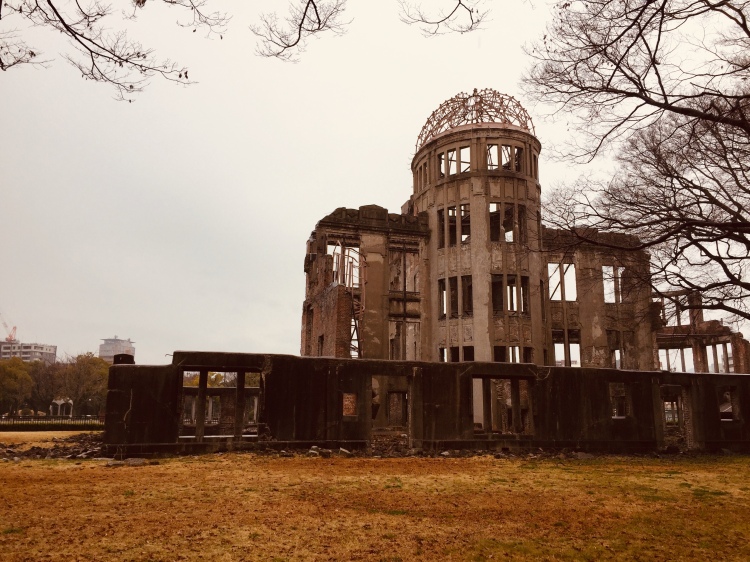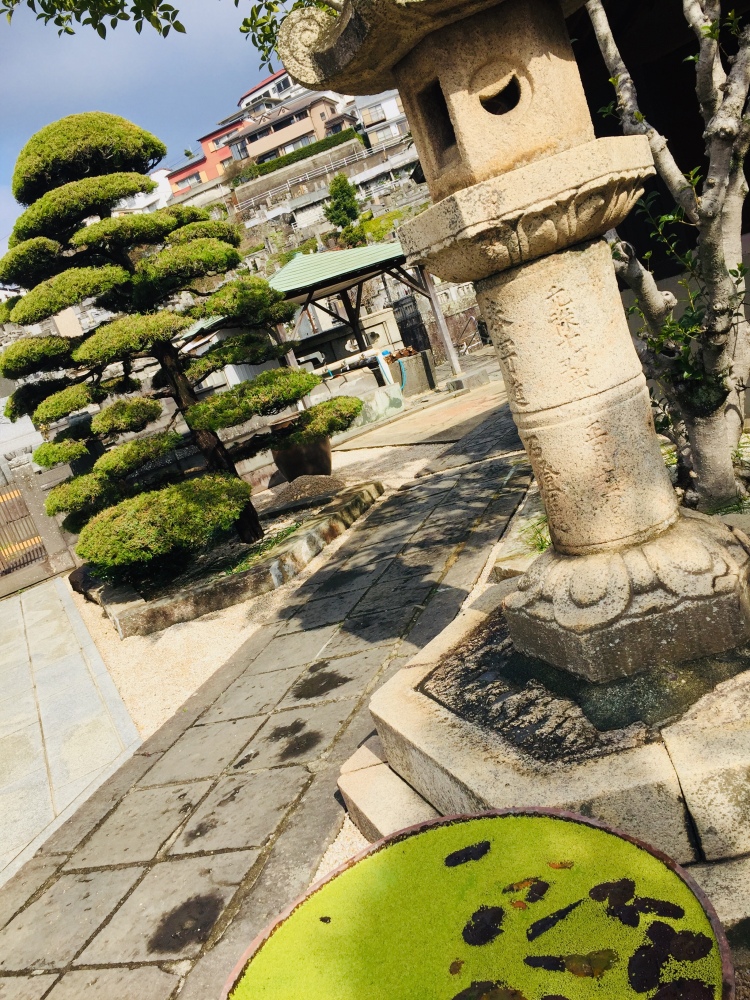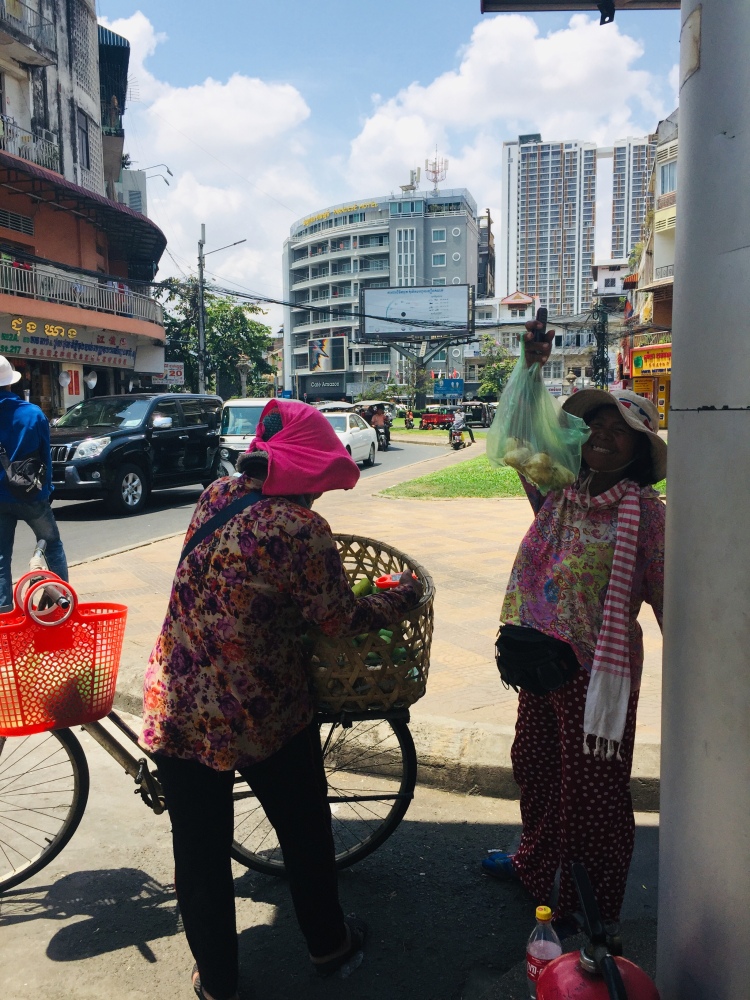


(Top: Peace Park in Nagasaki, Japan; Middle: Atomic Bomb Dome, Hiroshima, Japan; Bottom: Killing Tree amid the Killing Fields, Phnom Penh, Cambodia)
I have stated previously that I travel in order to learn. And that holds true. But now that I have toured Nagasaki and Hiroshima and wept through the Phnom Penh memorial sites, the question that rattles continuously through my brain is, “How??” How do we, throughout history, and in my lifetime and in yours, even now, continue to prance and threaten, drop bombs, clash swords, shoot, escalate tensions, renege on peace agreements, torture, and kill each other?
The message from Nagasaki is clear. This small city by the sea with its long history of trading with foreigners even when the remainder of Japan remained closed, with its friendly people and homes built up onto the surrounding hillsides, holds the awful distinction of victim of the second and last atomic bomb used in warfare. It’s streets are littered with memorials which all end with the same sentence – “Nagasaki city installs this plaque as a prayer for the repose of the souls of the people who died here and to ensure that this tragedy is never repeated.”




(Top: A memorial plaque in Nagasaki; Middle: Banner depicting the bomb’s destruction; Middle: Clock stopped at the minute of the atomic detonation on August 9, 1945; Bottom: Nagasaki National Peace Memorial Hall – the column of files hold the names of all the victims)



(Top: Nagasaki city sprawls up the surrounding hills; Middle: Ancient camphor trees have grown back after the blast: Bottom: A city of small gardens everywhere with the scent of oranges filling the air)
Hiroshima, victim of the first atomic bombing, is also a seaport. It was chosen because it was a military base and, perhaps more importantly, had escaped the U.S. airforce’s previous bombing raids and was therefore considered a good place to test the effects of an atomic bomb. It was also home to 350,000 people.
Now the rhetoric that I was taught in school (and which justified the atomic bombings) was that they hastened the end of the war and ultimately saved Allied lives. However, a careful reading of history reveals that Japan, realizing that the end was near and with Russia threatening their borders, was willing to surrender in May of 1945. Due to the U.S. policy of unconditional surrender and to the U.S. desire to show off their new weapon to the world, Japanese efforts for peace were rejected and the bombs were dropped – the second bomb on Nagasaki merely an unnecessary exclamation mark that claimed approximately 80,000 more lives. It also started the nuclear arms race that overshadowed my earliest memories – a threat to our planet that is once again rearing its ugly head.


(Top: clock depicts number of days since dropping of first atomic bomb and number of days since last atomic bomb test; Bottom: inside Hiroshima’s National Peace Memorial Hall)
As I write this, world powers are threatening to tear up hard-won peace agreements and the spectre of nuclear war again looms. Japan itself has failed to sign the new UN Nuclear Weapons Prohibition Treaty.
But the real questions are: What will we, the people, say? What will we allow? What have we learned?
Cambodia’s memorials to the victims of the Khmer Rouge bring more unanswered questions – for these atrocities were the result of civil war, severe paranoia, extreme nationalism, and faulty ideology. The roots can be argued to lie within colonialism, America’s “secret” war in Cambodia, the 1970 U.S. backed coup that lead to the rise of the Khmer Rouge, communist philosophy, etc, but the result is stark and unmistakeable – millions dead – of starvation, of torture and outright murder. The memorials make you stand in corners and weep, leave you sitting in the shade of trees that remember the cries of countless victims, force you to walk alone and think of parents pleading for the lives of their children. (The memorials literally place benches under trees and instruct you to sit while you listen and read as people become very emotional. There is no talking and no laughing).



(Top: Tuol Sleng Genocide Museum, Phnom Penh, Cambodia. The former secondary school became the notorious prison S-21 under the Khmer Rouge; Middle: the killing tree where children died; Bottom: the fields where mass graves continue to yield bone fragments)
Any Cambodian I spoke to could relate how the Khmer Rouge seized power on April 17, 1975 and was defeated in January of 1979 when the Vietnamese army battled their way into Phnom Penh. What is harder to discuss and explain is what followed. From 1979-1990 the Khmer Rouge still held power in a small western territory and the UN, by this time possessing full knowledge of their atrocities, gave the Khmer Rouge a seat in its General Assembly and recognized them as the only legitimate representative of Cambodia.
Cambodia today still bears the scars of this legacy – land mines, people still searching for missing family, mental illness resulting from atrocities witnessed and borne. I spoke to people my age who lost parents, siblings, friends – who almost starved, who still wonder what happened. Peace is a fragile thing. It matters who we elect. It matters if we build walls and keep refugees out. It matters if we believe and spread lies.
Three cities – Nagasaki, Hiroshima, Phnom Penh. Each of them asks us to listen. But will we? Each of them says never again – but is that sure?
I ask again – What will we, the people say? What will we allow? What have we learned?


(Top: Riverfront walkway, Phnom Penh; Bottom: Busy intersection downtown, Phnom Penh)